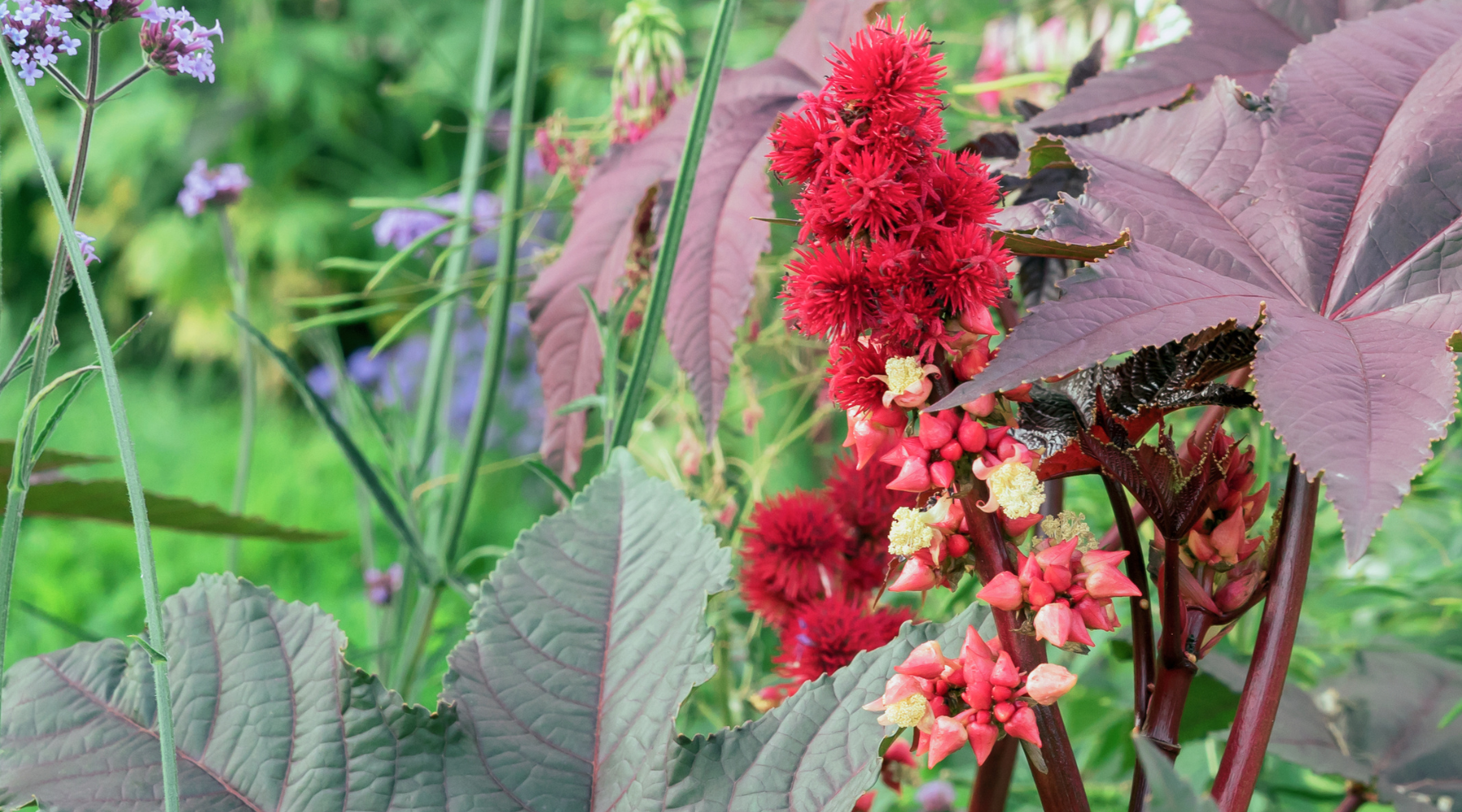
How Is Castor Oil Made: From Bean to Bottle
Castor oil, a versatile oil with applications in medicine, cosmetics, and industry, has a unique and fascinating production process. Derived from the seeds of the castor plant (Ricinus communis), this oil is valued for its distinct properties. Let's explore how castor oil is made.
Step 1: Harvesting and Drying
- Castor beans grow in spiky seed pods on the castor plant.
- Once the pods mature and turn brown, they are harvested, typically by hand.
- Harvested pods are dried in the sun, causing them to split open and release the castor beans.
Step 2: Dehulling
- The dried castor beans have a hard outer shell that must be removed.
- Dehulling can be done manually or using specialized dehulling machines.
Step 3: Extraction
There are two primary methods of extracting oil from castor beans:
-
Cold Pressing:
- Involves crushing the dehulled beans at a low temperature without the use of heat or chemicals.
- This method produces high-quality castor oil but at a lower yield.
- Arandi Castor Oil is made from high quality organic castor beans using the cold-pressed extraction process.
-
Solvent Extraction
- Beans are crushed and treated with a solvent (often hexane) to extract the oil.
- The solvent is then evaporated, leaving behind the crude castor oil.
- Solvent extraction results in a higher oil yield but may require further refining.
Step 4: Refining (if needed)
- Crude castor oil may contain impurities and undesirable components.
- Refining processes can include degumming (removing gums and other impurities), neutralization (removing free fatty acids), bleaching (improving color), and deodorization (removing odor).
Important Note: Ricin – A Toxic Component
Castor beans naturally contain a toxic enzyme called ricin. However, during the heating involved in castor oil processing, ricin is deactivated, making the oil safe for use.
Factors Affecting Castor Oil Quality
- Seed quality: Healthy, mature castor beans are essential for high-quality oil.
- Extraction method: Cold-pressing generally yields a superior oil.
- Refining processes: Proper refining removes undesirable components and improves the oil's properties.
The production of castor oil involves a series of steps, from harvesting and drying the castor beans to extraction and potential refining. Understanding the manufacturing process helps us appreciate the value of this versatile oil with many versatile uses and benefits!


Leave a comment
This site is protected by reCAPTCHA and the Google Privacy Policy and Terms of Service apply.